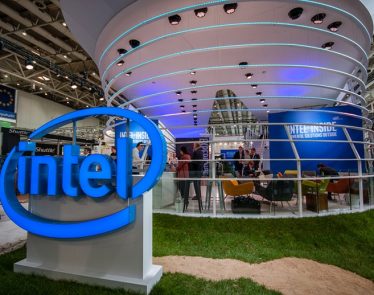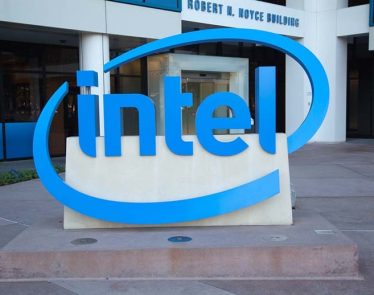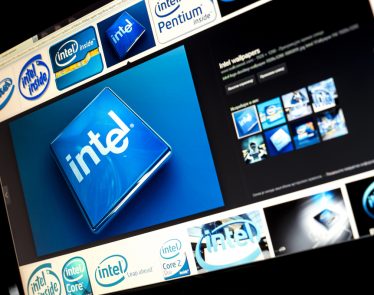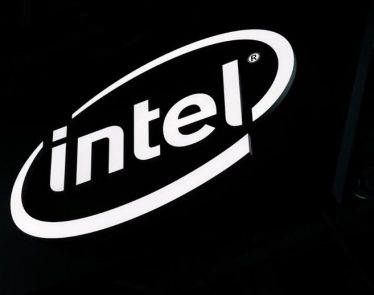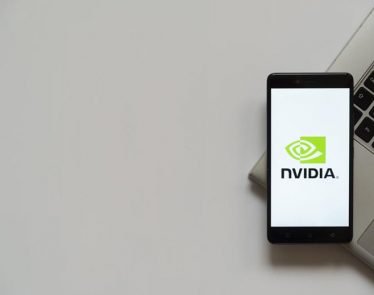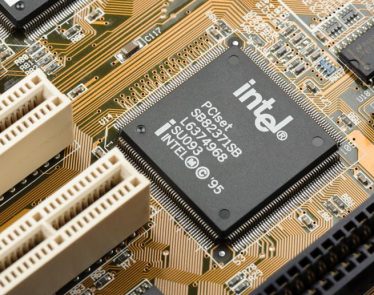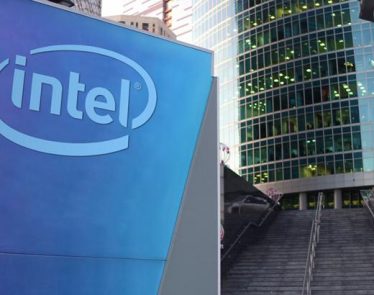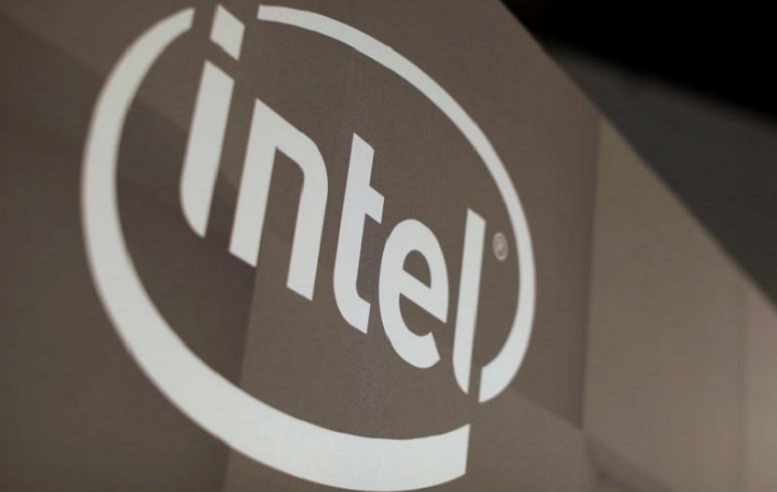
Chip giant Intel (NASDAQ:$INTC) announced on Monday that there is a new processor family, known as Coffee Lake. What’s the significance? These offer significantly more processor cores than its predecessors, called Kaby Lake, for about the same price.
Now, while offering more power at the same price clearly improves the value proposition of these chips to customers, let’s not forget larger chips are simply more expensive to build than smaller ones. Let’s look at the numbers.
- The size of the hex-core Coffee Lake chip is at 149 square millimeters
- The size of the quad-core Kaby lake is at 123 square millimeters
- Supposing that the wafers used to produce these chips are the same and that the defect densities are the same
Using this die-per-wafer metric of calculation, the Kaby Lake part comes in at 472 dies per wafer, and Coffee Lake comes in at 393 dies per wafer. Next, let’s assume that there is a constant defect density of 0.2 defects per square millimeter- meaning that of the 472 total chips produced per wafer, 372 of them will be usable. That means, there are 286 good die per wafer for a yield rate of 74.8% of Coffee Lake chips.
As for Intel’s costs, it will probably be a little higher than a typical contract chip manufacturer’s costs of around $4,8000 due to its complexity and high-frequency processors. But, for the sake of analysis, we will stick with the $4,000 figure. Under the assumptions above, the die cost of the quad-core Kaby lake will sit around $13, whereas Coffee Lake would be $16.78.
Further, this is not taking into account other manufacturing and packaging costs. The transition from smaller chips to larger chips for Intel could lead to an increase in factory utilization rate, which may lead to reduced effective wafer costs.
Yet, the most important figure to watch in upcoming quarters will be Intel’s gross profit margin percentage. It will be interesting to see what the chip giant will be come up with to offset their increased manufacturing costs.
Featured Image: twitter






